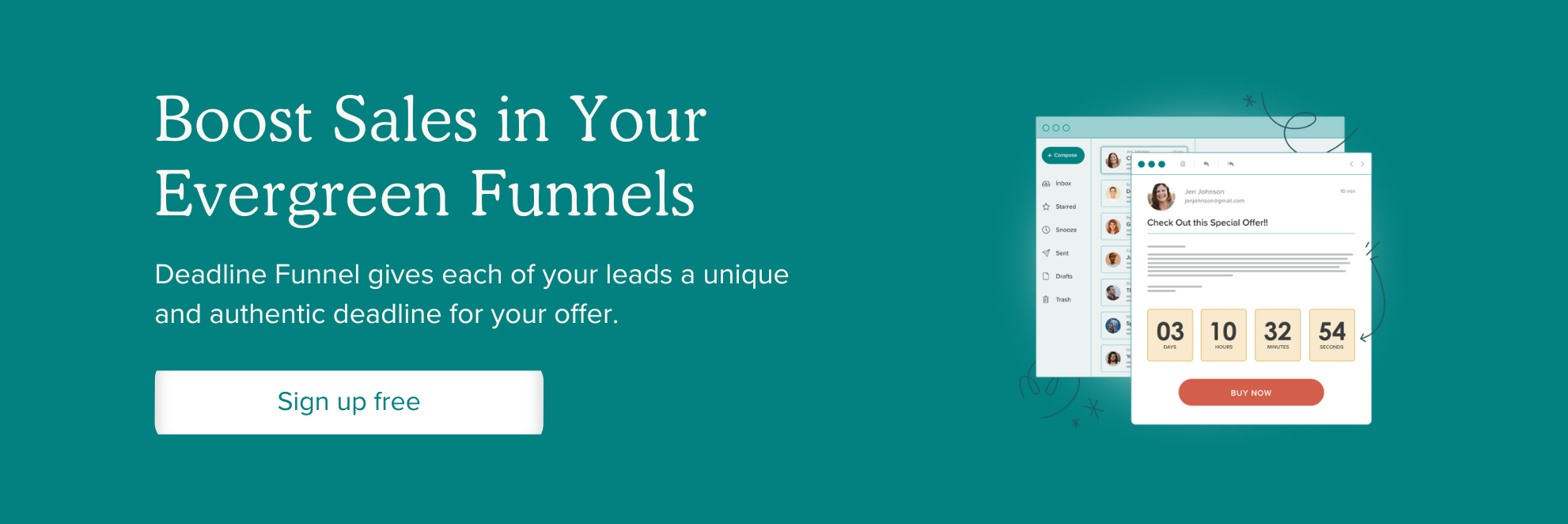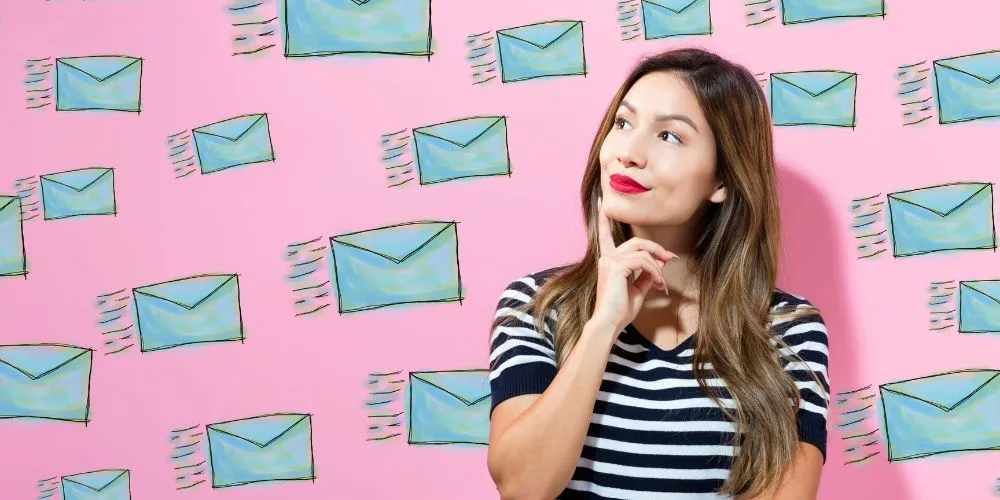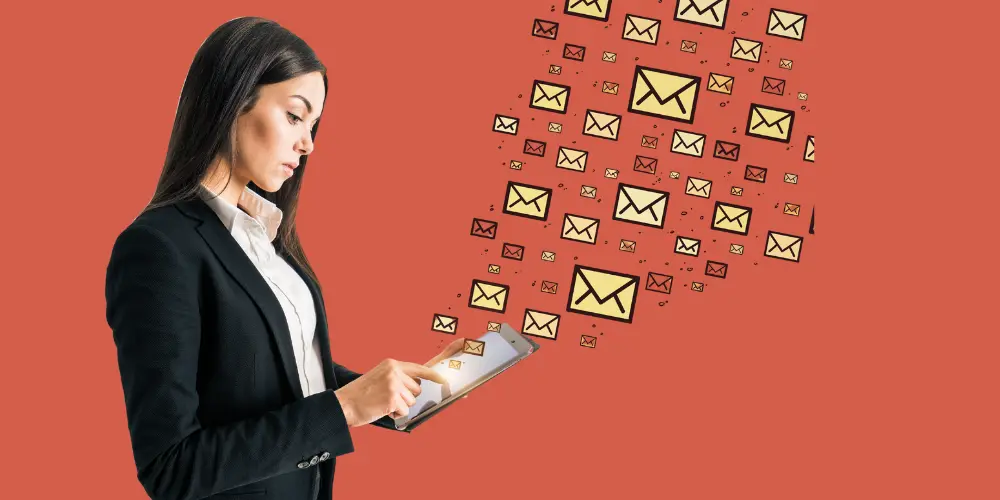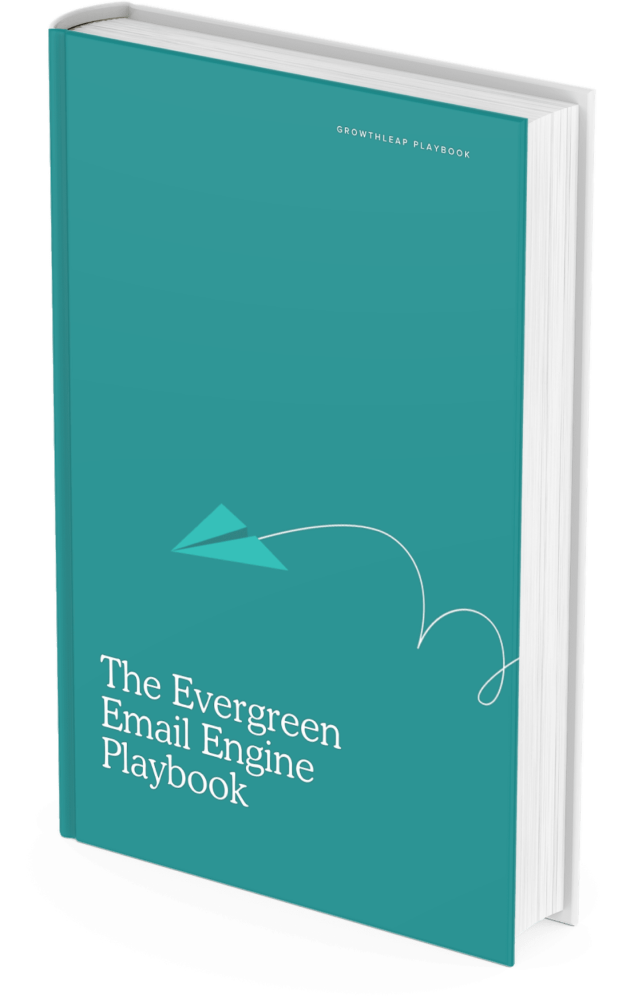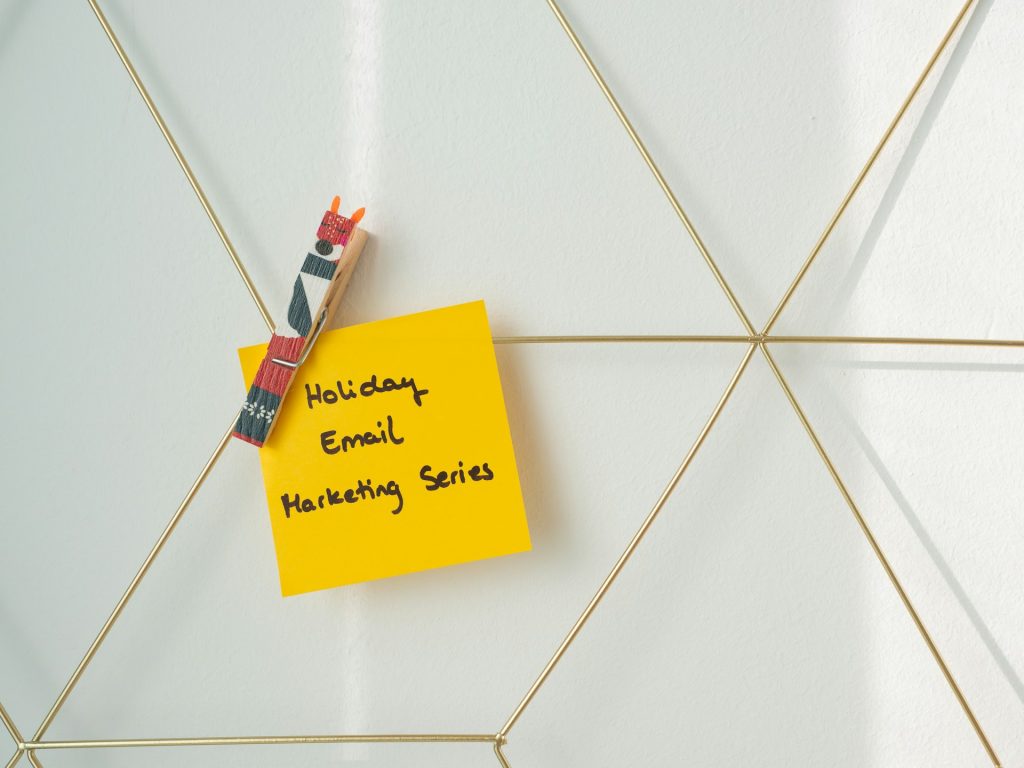
Nailing your welcome email series is one of the smartest ways to boost engagement, build trust, and drive conversions from the moment someone joins your list. First impressions count, and this is your shot to set expectations, highlight your value, and get subscribers excited about what’s to come.
In this guide, you’ll learn how to craft a high-performing welcome sequence, complete with practical tips, a proven 5-email blueprint, and key strategies for long-term success.
Understanding the value of a welcome email series
A welcome email series is a short sequence of automated messages sent when someone joins your list. Instead of a one-off message, this approach helps you introduce your brand over time, build trust, and guide new subscribers toward meaningful actions.
Why it matters
The moment someone subscribes is when they’re most engaged. They’re curious and more likely to open or click your emails.
According to Campaign Monitor, welcome emails deliver 4x higher open rates and 5x higher click-through rates than standard marketing campaigns
One study even recorded average open rates as high as ~86% and CTRs around 26.9% in welcome emails.
That makes your welcome series one of the most effective parts of your email strategy.
Don’t lose the momentum!
Time is of the essence. A welcome delay means missed opportunity:
About 41% of brands don’t send a welcome email within the first 48 hours. That’s when engagement starts dropping.
Additionally, nearly 27% of brands send no welcome emails at all in the first few weeks after sign-up.
Delaying or skipping this first touch turns interest into indifference, and potential customers drift away.
Planning your email series
When planning your welcome email sequence, start with your brand story, your value proposition, and the action you want new subscribers to take. Your goal is to educate, engage, and convert one email at a time.
Each message should:
- Build on the previous one
- Use a compelling subject line and preview text
- Include a strong, clear call to action (CTA)
Email templates, marketing automation tools, and customer data can help you tailor content to individual subscribers, boosting engagement and conversions at scale.
Crafting effective welcome emails
Here’s what every great welcome email includes:
- A subject line that stands out: Instead of just “Welcome,” try something like “Welcome to [Brand]! Here’s Your [Lead Magnet]” or “So you’re in. What’s next?”
- Personalization: Use the subscriber’s name – this small detail can dramatically increase engagement.
- Instant value delivery: If you promised a lead magnet, get it into their hands right away. Don’t make them hunt for it.
- A strong brand intro: Share who you are and what you’re all about. Keep it relatable. This is the start of the relationship.
- A clear CTA: Direct subscribers to take one specific next step (read your best article, whitelist your email, start a trial, etc.).
- Set expectations: Let them know when they’ll hear from you next and what you’ll be sending.
- P.S. housekeeping: Ask them to add you to their safe senders list. Include an unsubscribe link, and maybe add a secondary CTA like a social follow.
Don’t forget: Mobile-friendly design, strong visuals, and scannable content can significantly improve your results.
Welcome email series example
A good welcome sequence usually includes 4 to 6 emails, each with a specific purpose. Here’s a quick breakdown:
- Email 1: Delivers the promised lead magnet and introduces your brand
- Email 2: Addresses pain points and paints the dream outcome
- Email 3: Builds trust with testimonials or social proof
- Email 4: Tackles objections and presents your main offer
- Email 5: Creates urgency with a final CTA
Automation makes it easy to time each message perfectly and personalize based on subscriber data so you can build relationships at scale.
The 5-email welcome series blueprint + brand example (steal this!)
Here’s your plug-and-play framework for building a high-converting welcome sequence, along with detailed example emails from our make-believe pet supply brand, PawPal:
Email 1: The welcome & deliver (day 0)
Goal: Make a strong first impression and deliver the lead magnet.
How to achieve it:
Welcome them warmly
Deliver the lead magnet or promised resource
Briefly introduce your brand and values
Set expectations for what’s coming next
Template
Subject: Welcome to [Brand], [First Name]! 🎁 Here’s Your [Lead Magnet Name]
Hi [Name],
Thanks for joining [Brand]! Your [lead magnet/resource] is ready to download:
👉 [Download Link]
At [Brand], we help [quick brand mission/value]. Each [week/month], you’ll get [what to expect next].
Tomorrow, I’ll share [tease next email].
Talk soon,
[Your Name or Team Name]
P.S. Add us to your safe senders list and [optional social CTA].
Example in action
Subject: Welcome to PawPal, [Name]! 🎁 Here’s Your New Pet Parent Guide
Hi [Name],
We’re so excited to have you (and your furry friend!) join the PawPal family. 🐶🐱
Your exclusive New Pet Parent Guide is ready for download:
👉 [Download Your Guide]
Whether you’re a new pet parent or a seasoned pro, PawPal is here to make your life easier, and your pet’s life even better. Each month, we deliver a customized box of toys, treats, and health essentials tailored to your pet’s needs, breed, and age.
Tomorrow, we’ll show you how to spot sneaky health issues your vet wishes you’d catch sooner, and how PawPal can help.
Until then, give your furball some extra head scritches from us. 😻
Cheers,
The PawPal Pack
P.S. Add us to your safe senders list so you never miss a thing. And follow us on Instagram for more pets: [@pawpalbox]
Email 2: The problem & the dream (day 1)
Goal: Tap into the reader’s pain point and offer hope.
How to achieve it:
Acknowledge their struggle (“It’s not your fault” messaging)
Paint a vision of success
Share a helpful blog post, video, or mini resource
Template
Subject: Are you struggling with [key pain point]?
Hey [Name],
We know how frustrating [pain point] can be. It’s not your fault – [brief empathy + insight].
That’s why [Brand] exists: to [core solution].
Picture this:
- [Benefit 1]
- [Benefit 2]
- [Benefit 3 or emotional outcome]
👉 [Optional blog or story link]
We’ll dive deeper tomorrow,
[Your Team Name]
Example in action
Subject: Is your pet hiding a problem you can’t see?
Hey [Name],
Being a pet parent isn’t all belly rubs and zoomies. Sometimes the hardest part is not knowing what’s wrong.
It’s not your fault – pets are great at hiding discomfort.
That’s why we created PawPal: to make proactive care simple.
Imagine this:
- A box curated to your pet’s needs based on your input
- Vet-approved supplements and toys
- Less worry, more tail wags
👉 [Read how Ralph the labrador stopped hiding his hip pain thanks to PawPal.]
More tomorrow,
The PawPal Pack
Email 3: The “aha!” moment & social proof (day 3)
Goal: Show proof your product works.
How to achieve it:
Share a relatable testimonial or story
Emphasize transformation (not just features)
Softly introduce your product as the catalyst
Template
Subject: How [Name] got [Result] with [Your Brand]
Hey [Name],
Meet [Customer]. They were struggling with [problem]. Then they tried [Your Brand].
Here’s what made the difference:
- [Key product or feature #1]
- [Benefit or support #2]
- [Fun/engaging extra detail]
Now? [Positive result or transformation].
👉 [CTA to product or page]
Cheers,
[Your Team Name]
P.S. [Engagement CTA or reply prompt]
Example in action
Subject: How one box changed Daisy’s life 🐶
Hey [Name],
Daisy was a cranky 7-year-old beagle hiding dental pain. But one PawPal box changed everything for her and her parents.
Inside her first box she got:
- A gentle, vet-approved chew
- Salmon oil
- A toy for mind-stimulation and brushing distraction
One month later: no more pain. More play. Happier pup.
👉 [Learn about Daisy’s transformation]
We’re here to help you give your pet the same care.
– The PawPal Pack
P.S. Tell us about your pet’s unique quirks in our [survey] – we love matching boxes to personalities!
Email 4: Overcome objections & main offer (day 5)
Goal: Handle hesitations and pitch your offer clearly.
How to achieve it:
Address top concerns (“Is it worth it?” “Will it work?”)
Highlight specific benefits
Include a strong CTA
Template
Subject: “But what if…” – Let’s clear that up
Hey [First Name],
We hear this all the time. Here are a few quick answers:
“[Objection 1]”
[Your answer or reassurance]
“[Objection 2]”
[Your answer]
“[Objection 3]”
[Your answer]
🎁 Here’s something to make it easier:
👉 [CTA link with discount or offer]
Let us know if you still have questions, we’re here for you!
[Your Team Name]
Example in action
Subject: “Is PawPal really worth it?” Let’s talk.
Hey there [Name],
Subscriptions can feel like a gamble, so let’s clear up some concerns:
🧐“What if my pet doesn’t like it?”
We personalize every box and we offer free replacements.
💸 “Is this worth the money?”
Our members save by avoiding costly vet visits and getting competitive prices on their favorite brands.
⏳“I don’t have time.”
That’s why we do the curation for you – you just open the box.
🎁 Use code WAG20 to get 20% off your first box:
👉 [Claim Your Discount]
Still unsure? No pressure. We’ll be here.
Warm woofs,
The PawPal Team
Email 5: The urgency & final CTA (day 6)
Goal: Create urgency and close the loop.
How to achieve it:
Offer a limited-time bonus or reminder
Reinforce the core benefit
Reuse social proof to increase trust
Template
Subject: [Urgent CTA] – This offer ends tonight
Hey [Name],
Just a heads-up! Your [discount/offer] ends at midnight.
Here’s what’s waiting for you:
- [Feature or benefit 1]
- [Social proof or testimonial]
- [Emotional or outcome-based hook]
🎁 Use code [CODE] before it’s gone:
👉 [CTA link]
Thanks for being part of [Brand], we’d love to keep helping you.
[Your Name/Team Name]
Example in action
Subject: Last chance: Your 20% discount ends tonight 🕒
Hey [Name],
Your welcome gift expires at midnight!
Don’t miss your chance to get a personalized PawPal box, packed with:
- Vet-approved health products
- Fun toys
- Tail-wag-worthy treats
“My dog gets excited the second he sees the PawPal box!” – Melissa K.
🎁 Use code WAG20 before midnight:
👉 [Claim Your Box Now]
Thanks for being with us, we hope it’s just the start.
The PawPal Team
More than just a handshake, your welcome series it’s the first real impression people get of your brand.
The 5-email blueprint above gives you a tested framework that you can launch in a day and improve over time. Add your personality. Inject real value. And trust the data to show you what’s working.
Utilize free resources
You don’t have to reinvent the wheel (or write every email from scratch).
Most email platforms like Brevo, MailerLite, ConvertKit, and Mailchimp, offer free plans that include pre-built welcome templates, basic automation, and drag-and-drop editors to speed up your workflow.
These are perfect for getting your first welcome series off the ground without spending a cent.
Need subject line help? Try the Subject Line Generator or Subject Line Tester from Warmup Inbox – two free tools that make writing and optimizing high-performing subject lines faster and easier.
For help crafting that irresistible lead magnet or first email angle, try Deadline Funnel’s Free Hook Generator – a simple tool that helps you come up with compelling positioning based on your audience, offer, and goal. It’s perfect for turning vague ideas into bold, benefit-driven hooks that actually convert.
Use data to inform your email campaigns
Your welcome series shouldn’t run on autopilot forever. It’s a living asset that improves over time, especially when you let the numbers do the talking.
Start simple:
- Track open rates to learn what subject lines resonate
- Monitor click-throughs to see which messages are driving action
- Watch unsubscribe rates to catch friction points or misalignment
Then go deeper:
- A/B test your send times, CTA language, and even email tone
- Try a multivariate test (offered on many free platforms like Brevo or MailerLite) to see how timing + copy + offer combine
- Compare different lead magnets to see which drives the highest long-term engagement
Set a review calendar and use these insights to refine your sequence every quarter. What works today might need adjusting next month, and that’s a good thing!
Optimize your sign-up process
The welcome series actually starts before the first email on your sign-up form.
It’s the first place people decide whether your brand is worth listening to. So keep it:
- Short and clear (First name + email is enough)
- Benefit-focused (“Get the free checklist” is better than “Sign up”)
- Mobile-friendly and fast-loading
- Expectation-setting: let them know when they’ll hear from you and what they’ll get
Final thoughts: Build once, refine forever
You don’t need a massive list or complex tech to make a great welcome series – just a clear value, thoughtful messaging, and a little automation.
The five-email blueprint above gives you everything you need to get started. Once it’s live, use real data, real feedback, and real urgency to refine and improve.
If you’re ready to add time-sensitive CTAs that feel personal and perform like crazy, Deadline Funnel has your back.
Start your 14-day free trial and turn your welcome emails into high-converting sequences that work on autopilot.


